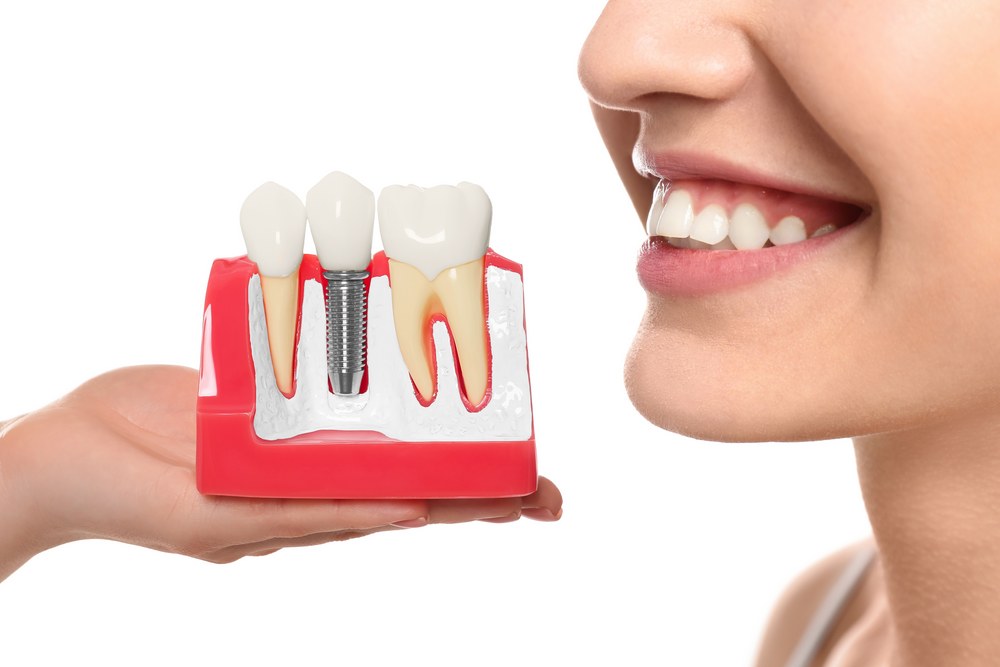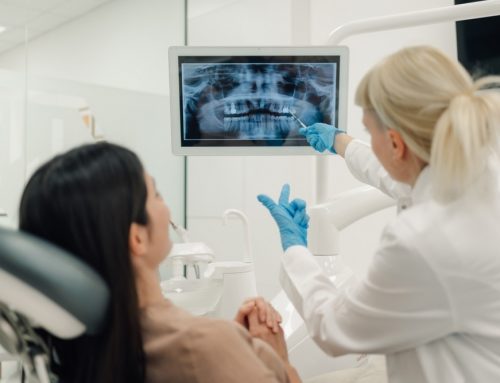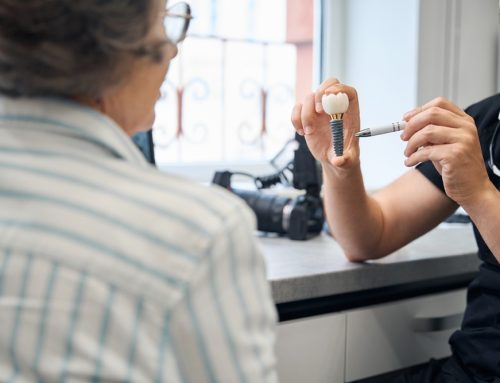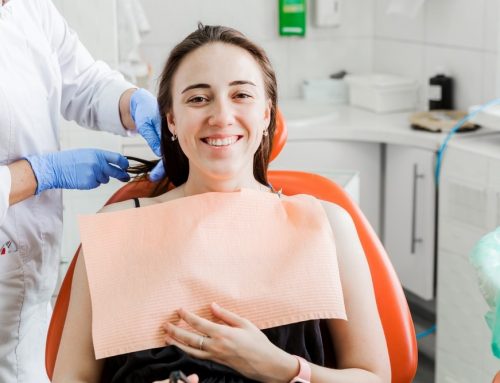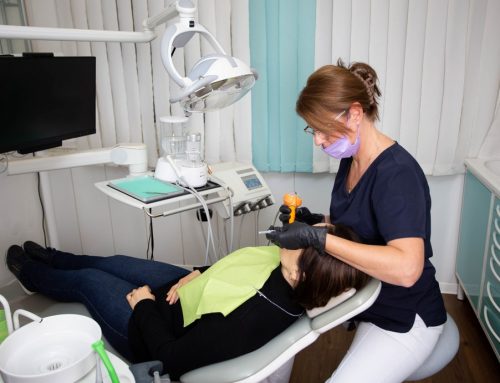If you’re considering dental implants, it’s essential to understand the options available to you. Two of the most common choices are the All-on-Four system and traditional dental implants. Each has unique benefits and applications, making them better suited for different patients and situations. In this post, we’ll break down the differences between these two options to help you decide which one might be right for you.
What is the All-on-Four Implant Option?
The All-on-Four system is designed for patients who need a complete set of replacement teeth but may have insufficient bone in the back areas of their mouth. The procedure involves removing damaged teeth, placing implants, and securing a temporary set of teeth, all within 48 hours. This makes it an appealing option for those who want immediate results. The key to this system is that it angles the implants differently to use the available bone in the front part of the mouth, ensuring stability and allowing the prosthesis to function correctly.
How Traditional Dental Implants Work
Unlike the All-on-Four system, traditional dental implants don’t require angling the implants to use existing bone. In cases of insufficient bone, bone grafting or augmentation can be performed to ensure the implants have enough support. Traditional implants are incredibly versatile and can replace a single missing tooth, multiple missing teeth, or even an entire arch, depending on the patient’s needs. This method involves placing the implants in a straight line, simplifying the procedure, and making it applicable in various situations.
Key Differences Between All-on-Four and Traditional Implants
The most significant difference between these two systems lies in the approach to bone loss. All-on-Four is specifically designed for patients who have experienced significant bone loss, particularly in the back areas of their mouth. In contrast, traditional implants can be used in cases where there is enough bone present or where bone grafting can be performed to augment the area. Additionally, All-on-Four offers the advantage of immediate tooth replacement, while traditional implants generally require a more extended healing period before the final prosthesis can be placed.
Which Option Is Right for You?
Choosing between All-on-Four and traditional dental implants depends largely on your individual needs and the condition of your jawbone. If you have significant bone loss and need a complete set of teeth, the All-on-Four system might be the ideal solution. However, traditional dental implants might be the better choice if you’re only missing a few teeth or have enough healthy bone for implants. Your dentist will be able to assess your condition and recommend the best course of action based on your specific situation.
All-on-four and traditional dental implants offer excellent results for patients needing tooth replacement, but they serve different purposes. Understanding the differences between the two can help you decide which procedure is best for your needs. If you’re considering dental implants, consult a professional who can guide you through the process and ensure the best possible outcome for your smile.
Get Started on Your Dental Transformation Today
If you’re ready to explore your dental implant options or have more questions about All-on-Four or traditional implants, contact us at Dental Art San Diego. Our experienced team is here to help you achieve a healthy, beautiful smile. Call us at (619) 762-4430 to schedule a consultation and take the first step toward your dental transformation.

